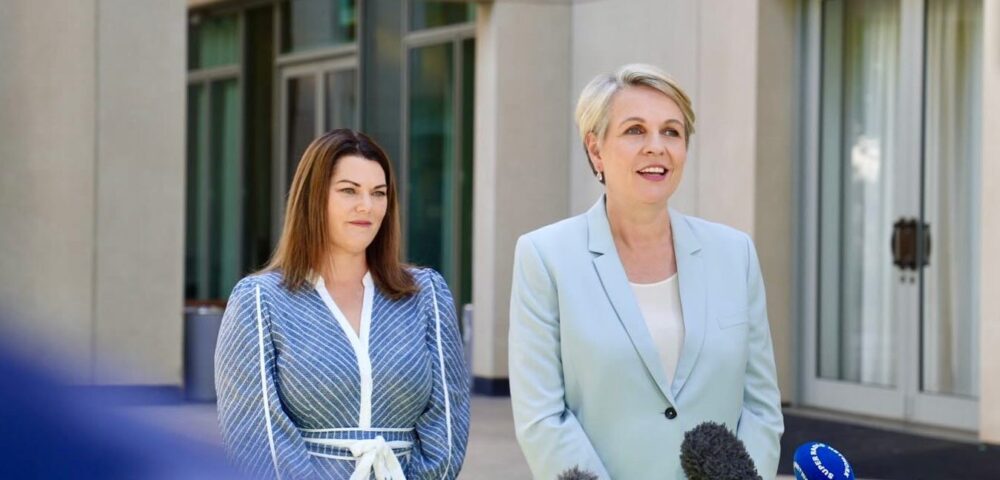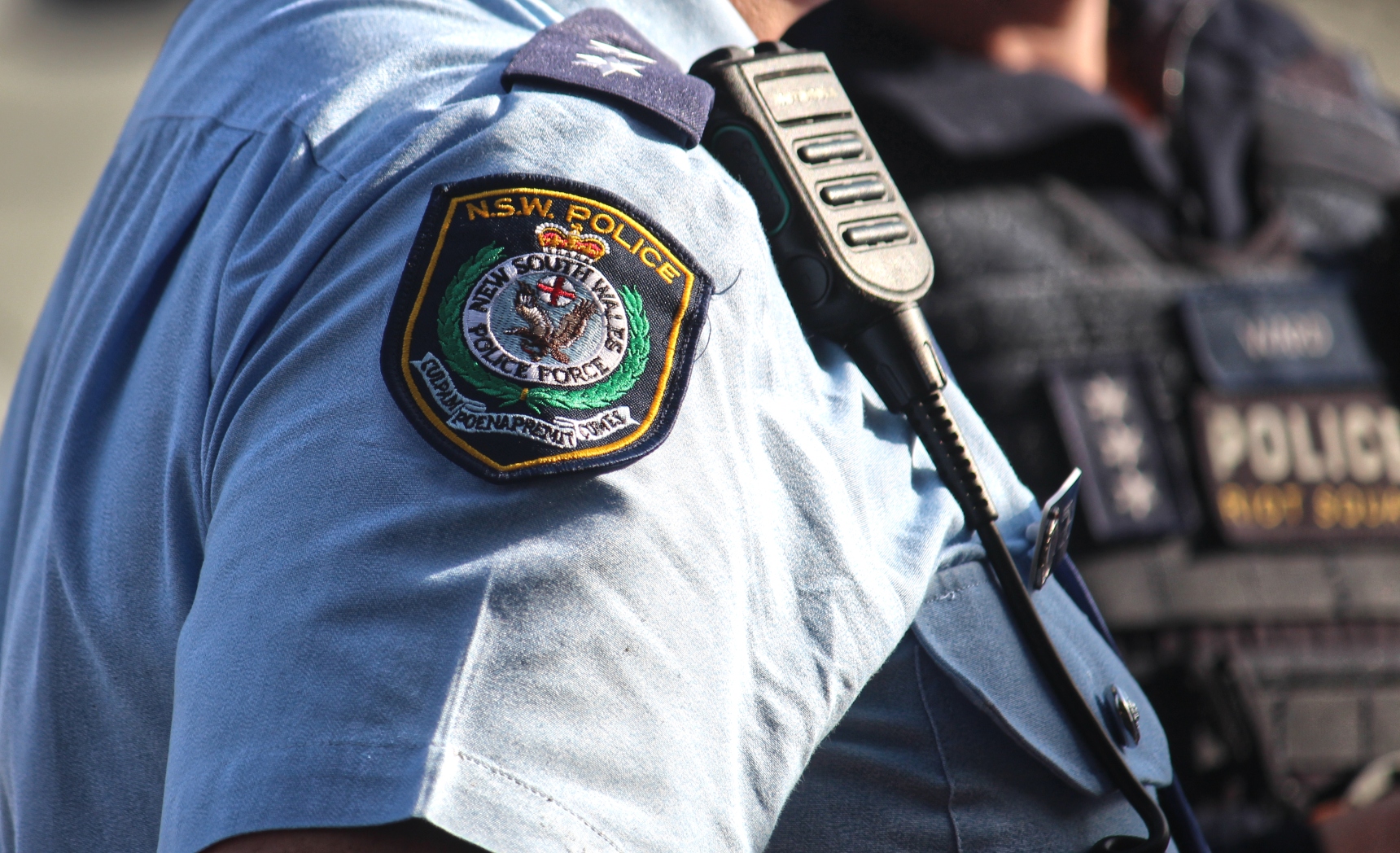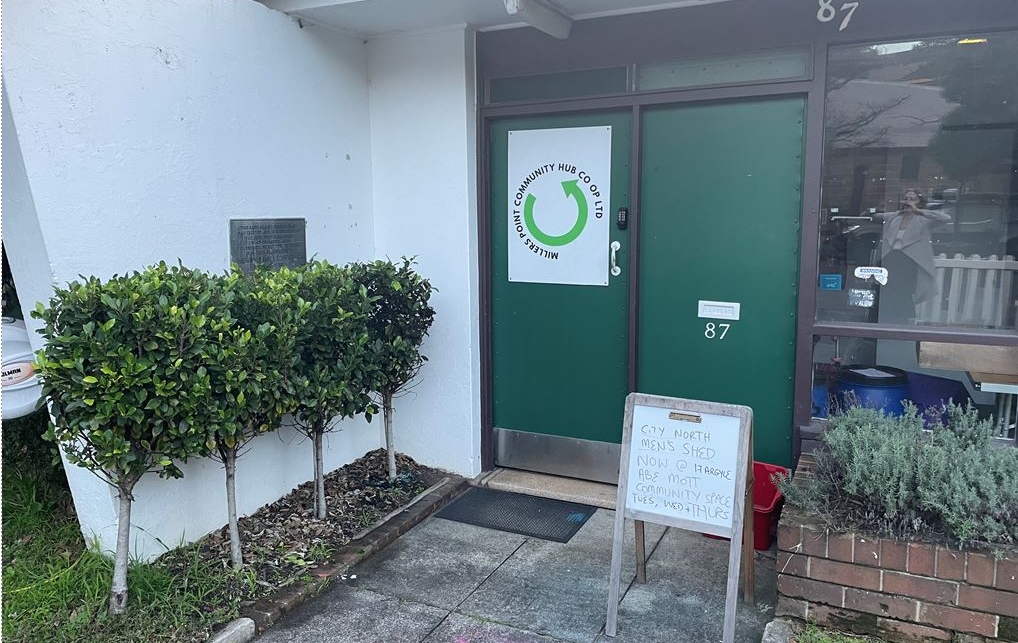

By ABHA HAVAL
In an effort to revive the Murray-Darling Basin, the Federal Parliament has passed the ‘Restoring Our Rivers’ Bill, a breakthrough in providing new strategies to save the currently neglected river system.
The Bill marks a crucial step towards restoring the health of Australia’s longest river, which stretches throughout regional New South Wales to Victoria and South Australia.
Environment and Water Minister Tanya Plibersek accepted amendments from The Greens to help secure 450GL of water to help bolster flows along the basin and provide new water entitlements for farmers and First Nation communities.
The additional water aims to revitalise the water system that has been neglected over the past decade, causing mass fish deaths and the degradation of floodplain ecosystems.
Greens Senator Sarah Hanson-Young said the Bill’s success “marks a great day for the environment,” helping over “2.3 million Australians who depend on the Murray-Darling.”
The return of the Murray-Darling Basin Plan
The federal government has taken a decisive step towards unravelling water reforms and getting the Murray-Darrling Basin Plan back on track.
The $13 billion Murray-Darling Basin Plan was enacted in 2012 and set a framework to recover water for the environmental health of the Basin. However, the plan was neglected by former State and Federal Governments.
Wentworth Group released a study in September 2023 that recognised a severe decline in the Murray-Darling Basin over the last decade, with the widespread growth of blue-green algae blooms stripping oxygen from the river causing mass fish deaths.
The new bill and water agreement signifies the urgency to get vital water back into the river and floodplains throughout the basin.
The Nature Conservation Council (NCC) NSW applauds the federal government, the Greens, and Independent members of the Senate cross-bench for cooperatively passing the Bill.
Win for farmers and Indigenous communities
Indigenous communities have been continuously fighting to secure water rights, with the Bill now recognising the connection between the river and First Nations communities within the Water Act.
The Greens have secured $100 million for the First Nations cultural flows and the Aboriginal Water Entitlements Program.
The Bill will also relieve caps on government’s buy-backs of irrigation water from farmers, providing access to water for the basin and supporting the regional farmers economy.
NCC Water Campaigner Mel Gray told City Hub that most farmers have faced socio-economic impacts of the buy-back caps and the extreme weather over the past few years.
“No one should be able to tell a farmer that they can’t sell their water licence to the Commonwealth. If they want to, they should be able to,” Gray said.
Several farmers have been willing to sell their water to the Commonwealth to ensure adequate water supply ahead of Summer.
“Some farmers like floodplain brazers who run cattle and provide food for Aussie tables are suffering too much as water is being pumped out upstream,” Gray explained.
“A lot of farmers know they need to adapt to a future with less water. They have made efficiencies with their businesses and want to diversify… by selling part of their water entitlement.”
Gray continued, “This agreement will help protect the river system from water shortages, mass fish kills, and environmental degradation.”
Hope for the Murray-Darling
With the Greens securing additional improvements, the river system and neighbouring communities will have a fighting chance ahead of a hotter and drier El Niño period.
Scientists had determined in 2010 that the Murray-Darling River Plan would need to recover between 3,000 and 7,600 gigalitres to save the basin from declining.
Gray said the agreement “is a good start” to reaching the target, bring the total “volume of environmental water to 3,200GL” to the river.
“As we get to the Basin Plan review in 2026, we will require a further reset of the way the basin is managed,” Gray explained.
“Aboriginal people must have some of their water returned to them, and the impacts of climate change need to be properly accounted for, so the basin can provide a buffer to protect inland NSW from the extreme weather events to come.”
Despite the success of the new plan, some environmental groups question how the Bill will affect local community rivers, lakes, and wetlands.
Furthermore, groups across Australia have expressed their apprehension towards the long-awaited decision to save the Basin.
NCC CEO Jacque Mumford said, “The pressure on the inland rivers of NSW has been immense, mainly because of long-term mismanagement under previous governments.”
“Through the last drought, we saw rivers dry up, wetlands on fire, communities without drinking water and mass fish kills all over the basin.”
“We still have questions about how the water will be returned to the Darling-Baaka River, we’ve learnt that the devil is in the details when it comes to water management.”









